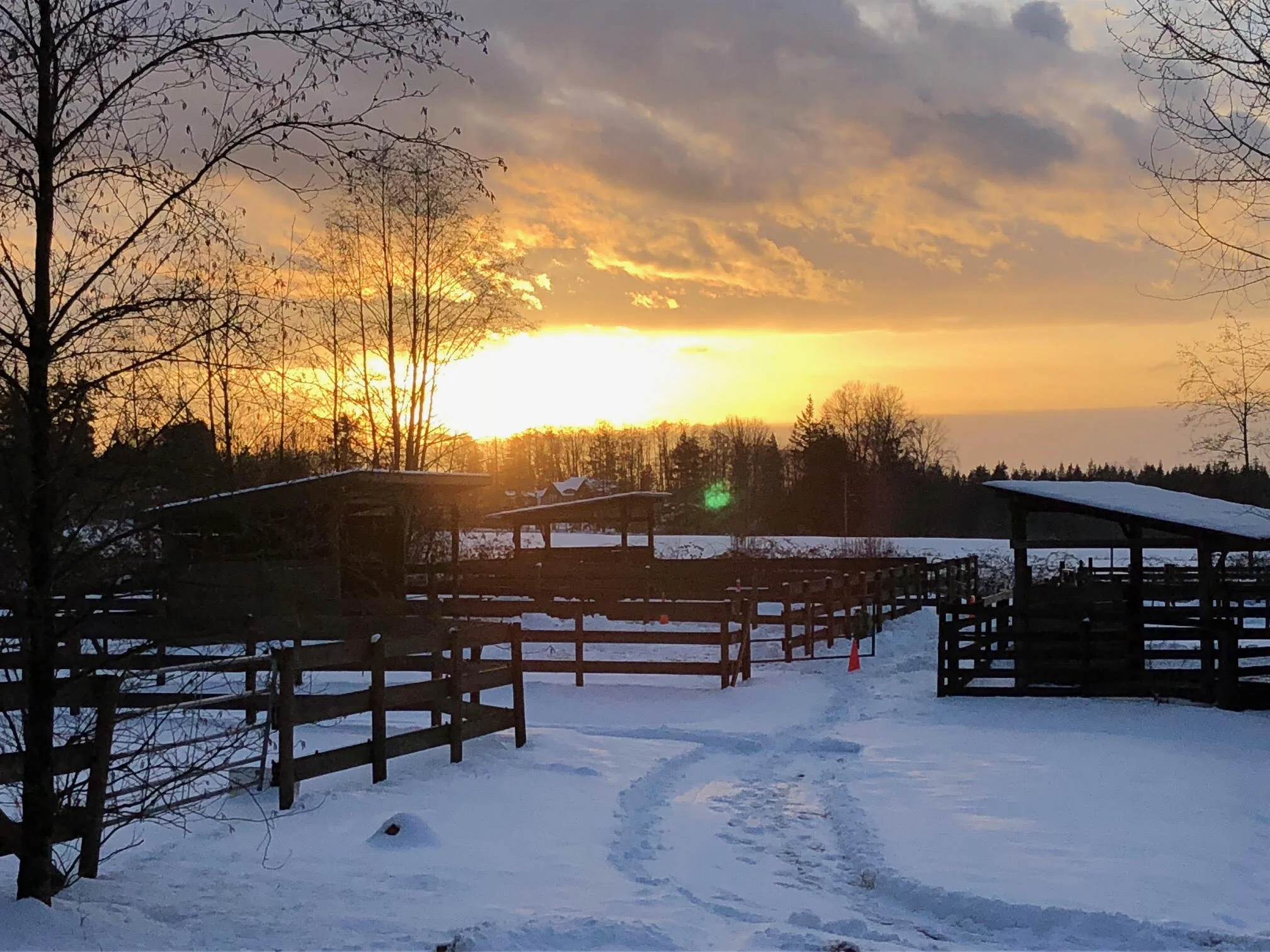Why Additives Matter: Enhancing Arena Sand Footing with Natural Rubber
Your arena footing is more than just the ground beneath your horse’s hooves, it’s the foundation of performance, safety, and long-term soundness. While sand remains a popular and accessible footing material, relying on sand alone can lead to issues over time such as compaction, dust, and uneven wear. That’s where footing additives come into play.
Why Add an Additive to Your Equestrian Sand Footing?
Sand is an excellent base, but it has limitations. Without support, it can compact too tightly, dry out quickly, or shift unevenly underfoot. Additives help improve the performance and soundness of your horse and support longevity and consistency of your footing by:
Improving Cushion and Shock Absorption: Reducing concussion on your horse’s joints and soft tissues.
Enhancing Moisture Retention: Keeping dust down and the surface uniform even during dry spells.
Increasing Traction and Stability: Helping prevent slippage while maintaining appropriate give.
Extending Longevity of the Arena Surface: Less breakdown means fewer footing replacements and reduced maintenance costs.
Among the many options on the market; fiber, textiles, and natural rubber is rising as a standout choice.
The Benefits of Natural Rubber as a Footing Additive
Natural rubber, especially from high-quality recycled sources like athletic mats, like ReitenRight offer a host of benefits:
Open-Cell Structure
Unlike many synthetic rubbers or foams, natural rubber with an open-cell structure compresses and rebounds, offering better energy return and impact absorption. It works with your horse’s movement, not against it.
Chemical-Free and Next-Life Solution
ReitenRight is derived from a natural rubber which is free from harsh additives like PVC or phthalates, and carcingens. It’s safe for horses and riders and gives new life to recycled materials.
Superior Moisture Retention
Natural rubber helps sand retain water longer, reducing the need for constant watering and minimizing dust, which is better for both respiratory health and visibility.
Durability That Blends Well
Unlike crumb rubber that can float or shift, our additive is designed to stay mixed evenly within your sand, requiring less frequent grooming and maintaining a consistent surface.
Low Maintenance, High Performance
Compatible with all standard drags and harrows, it integrates easily into both new and existing arenas, whether indoor or outdoor.
Why Quality Footing Matters
Footing affects everything from your horse’s comfort and performance to their long-term joint health. It also influences how much time and money you’ll spend on maintenance. Choosing the right additive like natural rubber means investing in a footing system that works as hard as you do.
Whether you're schooling dressage, jumping courses, or enjoying a hack in the arena, consistent, cushioned footing gives both horse and rider the confidence to train and perform their best.
Ready to elevate your arena? Natural rubber might just be the upgrade you’ve been looking for. Reach out to learn more about how our eco-friendly additive can transform your arena into a safer, more supportive space for you and your horse.






















